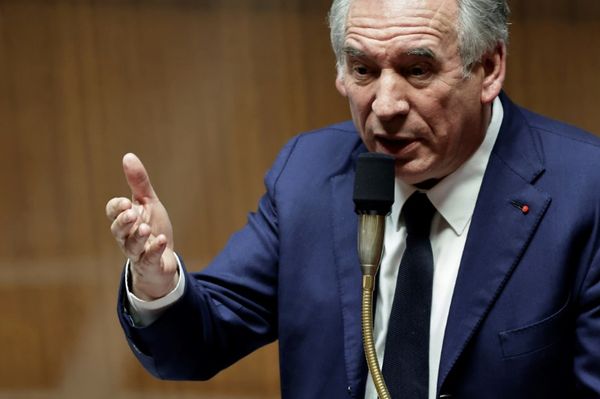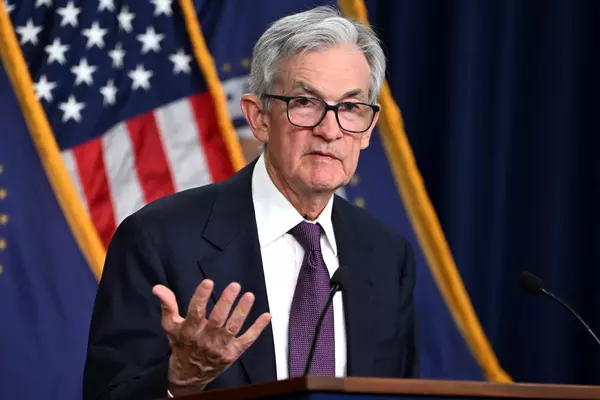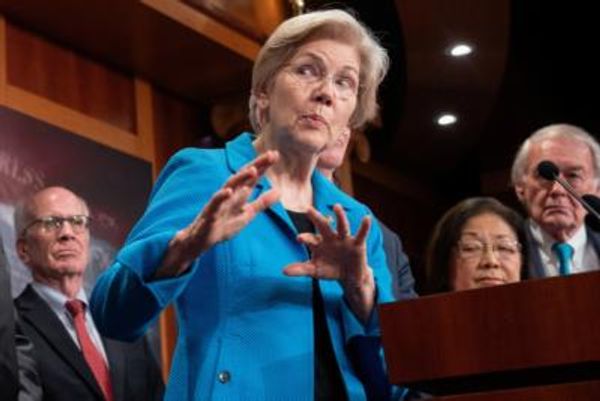
Rising inflation and a sharp drop in the unemployment rate is expected to see the Reserve Bank of Australia recalibrate its thinking on the interest rate outlook when it holds its first board meeting of the year on Tuesday.
Financial markets are pricing in the risk of a rise in the cash rate from a record low 0.1 per cent by mid-year, while economists appear to be gravitating to the August board meeting.
Data in the past fortnight saw the December unemployment rate drop to 4.2 per cent, a year earlier than the RBA had been predicting, while inflation is also running well ahead of its expectations.
Until late last year, the RBA was indicating that a rise in the cash rate would not occur until 2024, before shifting its stance to possibly 2023.
But RBA governor Philip Lowe had repeatedly ruled out the likelihood of a move in 2022.
The RBA will have plenty of opportunity to spell out the likely path of interest rates in the coming week, while economists expect it will end its bond-buying program at the meeting.
Aside from his post-meeting statement on Tuesday, Dr Lowe will also address the National Press Club in Sydney on Wednesday, while the RBA will release its quarterly statement on monetary policy and latest forecasts on Friday.
AMP Capital chief economist Shane Oliver expects, while leaving the cash rate on hold for now, the RBA will likely revise down its unemployment forecasts while upgrading its inflation predictions, setting up for rate hikes earlier than previous guidance for around 2024.
"Our base case is for the first hike in August of 0.15 per cent, followed by a 0.25 per cent hike in September with the cash rate ending the year at 0.5 per cent," Dr Oliver said.
"But the risk is that rate hikes will start in June with the cash rate ending the year at 0.75 per cent."
The start of a new month will bring its usual wide spread of new economic data this week.
The latest CoreLogic home value index for January on Tuesday is expected to show a further slowdown in house price growth, after posting the fastest annual growth since 1989 at 21 per cent in 2021.
Demand for home loans is also expected to have slowed in December in figures due from the Australian Bureau of Statistics on Tuesday, with economists' forecasts pointing to a 0.8 per cent decline.
Wrapping up a busy day, retail spending for December is expected to have declined two per cent following two extremely strong months as COVID-19 lockdowns were eased.
Other figures to be released are building approvals and international trade, both for December on Thursday.
Meanwhile, Australian shares look set for a soft opening on Monday with the futures market failing to follow through Friday's gains ahead of the RBA board meeting and despite a strong rally on Wall Street.
Australian share futures were down 16 points, or 0.2 per cent, at 6912.
The Australian benchmark S&P/ASX200 index closed up 149.8 points, or 2.19 per cent, to 6988.1 points on Friday.
On Wall Street, investors put aide their recent concerns over geopolitical tensions and potential rate hikes by the US Federal Reserve, staging a rebound from initial further losses.
The Dow Jones Industrial Average ended 564.69 points higher, or 1.65 per cent, at 34,725.47.
The S&P 500 gained 105.34 points, or 2.43 per cent, to 4,431.85 and the Nasdaq Composite added 417.79 points, or 3.13 per cent, to 13,770.57.







